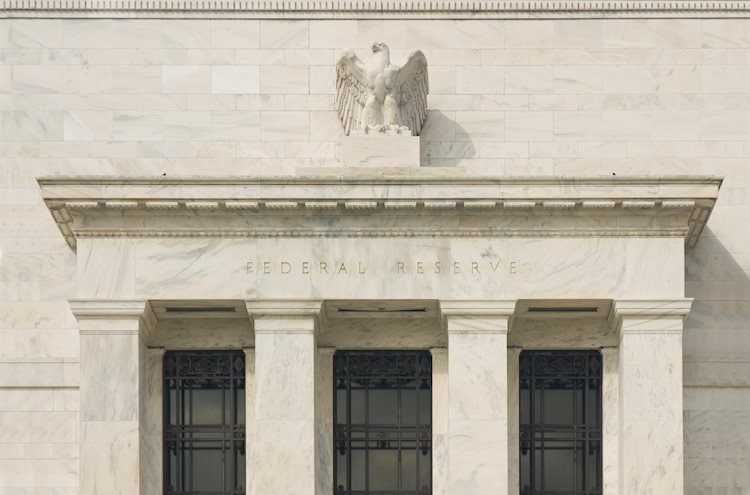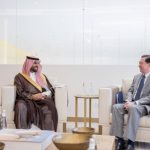Federal Reserve Bank of St. Louis President Alberto Musalem expressed his support for additional interest rate cuts as the economy progresses. He emphasized that monetary policy will be determined by performance, indicating that further gradual reductions in the policy rate may be appropriate over time. Musalem refrained from speculating on the size or timing of future adjustments to policy, stating that his personal rate outlook is higher than the Fed’s median view. He also highlighted the risks associated with easing too much too soon, suggesting that the costs of higher inflation could outweigh the benefits of easing too late. Musalem also noted his support for the Fed’s decision last month to cut rates by 50 basis points, emphasizing the importance of maintaining a balance in the economy.
Despite concerns about inflation failing to converge on the 2% target, Musalem believes that the risks of inflation remaining above 2% have diminished. He pointed out that while the job market may be cooling, it is still indicative of a strong economy, supported by favorable financial conditions. However, he acknowledged that some economic activity may be slowing due to rate policy and election uncertainty. In light of the recent strong jobs report, which did not cause a change in outlook, Musalem affirmed that the current policy path remains appropriate despite market pricing of the Fed outlook. He emphasized the Fed’s commitment to monitoring economic conditions without pre-judging the outcome of future meetings, while also finding the Fed’s dot plot helpful in understanding their actions.
When it comes to monetary policy in the US, the Federal Reserve plays a crucial role in achieving price stability and fostering full employment. By adjusting interest rates, the Fed aims to counteract rapid price increases and encourage borrowing in times of low inflation or high unemployment. This affects the value of the US Dollar, making it stronger when rates are raised and weaker when rates are lowered. The Fed holds eight policy meetings a year to assess economic conditions and make decisions on monetary policy, with the FOMC consisting of twelve Fed officials. In extreme situations, the Fed may resort to Quantitative Easing (QE) to increase the flow of credit in the financial system, weakening the US Dollar in the process.
Quantitative tightening (QT) is the reverse of QE, where the Fed stops buying bonds from financial institutions and does not reinvest the proceeds from maturing bonds. This policy is typically positive for the value of the US Dollar. Overall, the Federal Reserve plays a crucial role in shaping the US economy through its interest rate decisions and policy measures. As the economy continues to evolve, stakeholders like President Musalem aim to strike a balance between supporting growth and maintaining financial stability. By closely monitoring economic indicators and market conditions, the Fed can adapt its policies to ensure a stable and prosperous economic environment.





















